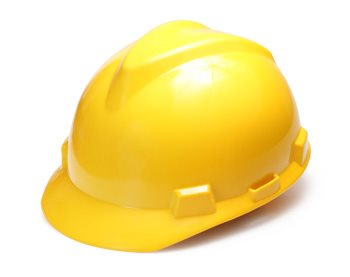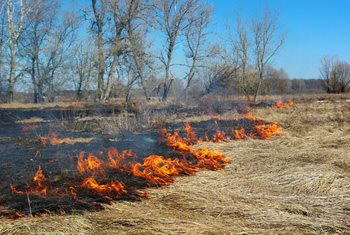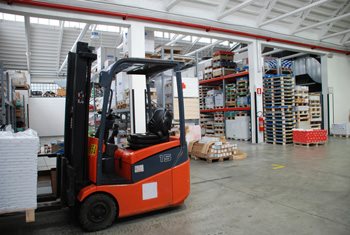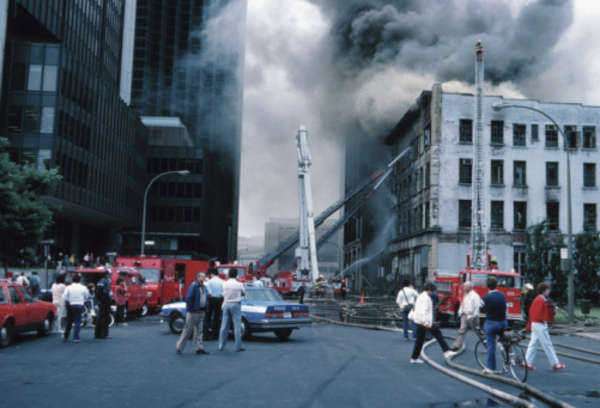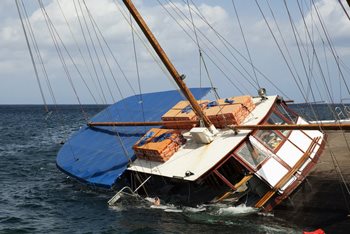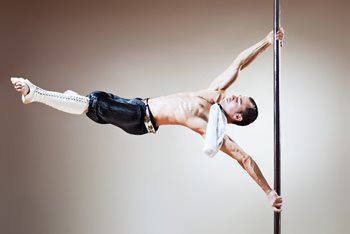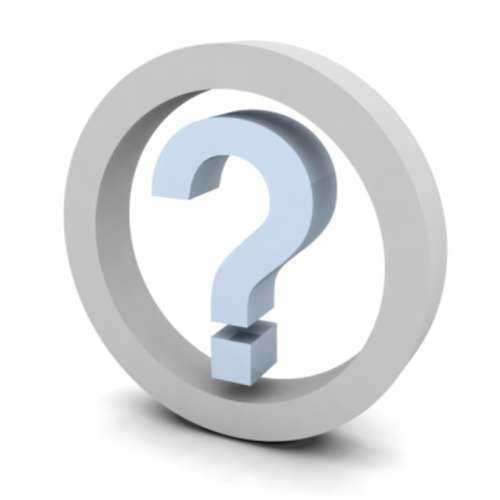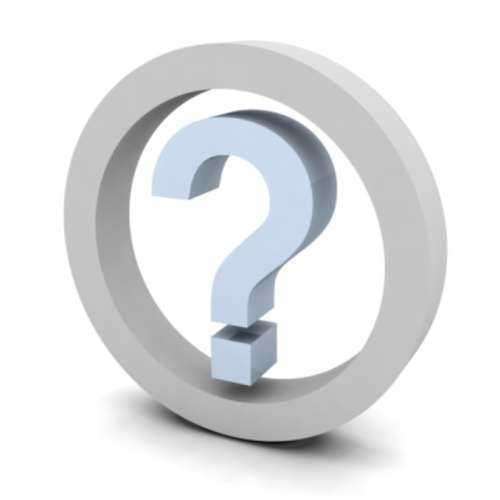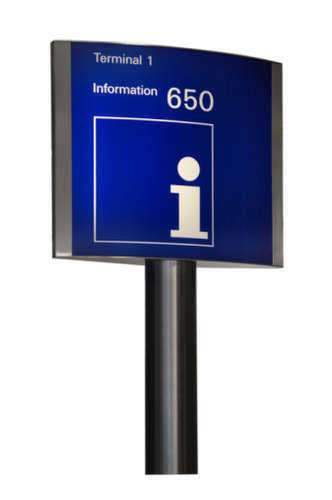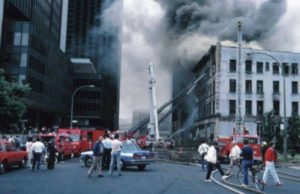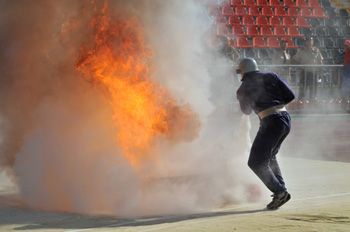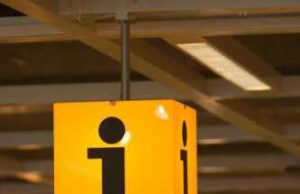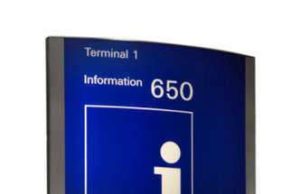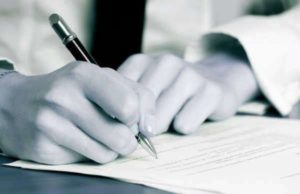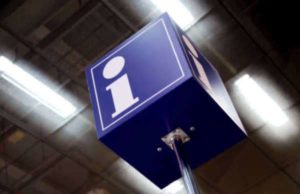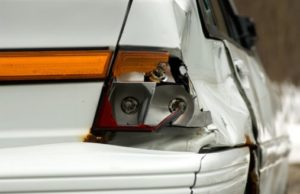Crane Accident
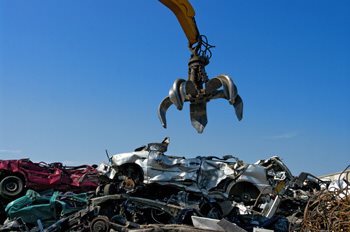
Construction
accidents result in injury and damage, which oftentimes result from negligence
and/or the malfunction of construction or commercial equipment. Crane accidents
can be classified as a subgenre of construction accidents. Eponymously, a crane
accident results in any injury or damage resulting from the operation of a
crane.
What is a Crane?
A crane is a piece of mechanical equipment
that is utilized to lift and move heavy objects. Cranes consist of a large arm
that extends from a base. While the earliest incarnation of cranes were mounted
and operated by lever and pulley systems, the most advanced cranes can extend
hundreds of feet while being mounted from vehicles or various platforms. Due to
their large size(s), cranes can not only lift heavy objects, but also move them
to otherwise unreachable destinations due to locational restriction(s).
Why do Crane Accidents Occur?
Crane accidents can occur for a variety of
reasons, but the most common types of crane accidents result from two primary
causes: malfunction and negligence. Due to its height and complex mechanical
design, even the simplest flaw within a crane’s construction can result in a
crane accident, regardless of the integrity and experience of its operator.
However, in the event that an individual is not skilled in crane operation, or
is operating the crane in a negligent, unsafe manner, a crane can be an
extremely dangerous piece of machinery.
What are Some Types of Crane Accidents?
Damage or injury as a result of a dropped item is a
rather common crane accident. Although the causes for this type of crane
accident are vast, should a crane drop an item that it was being operated to
move, the results can be catastrophic. The weight of the object, in addition to
its elevation, can contribute to the severity of the damage or injury sustained
by the collision.
Damage or injury as a result from a crane’s hook is
another type of crane accident. Most cranes utilize a hook affixed to the arm
in order to grasp and lift objects. However, the hook itself can be quite heavy.
Unfastened hooks permitted to swing wildly can cause property damage, as well
as personal injury depending on the velocity.
Damage or injury resulting from an unbalanced or
improperly mounted crane has resulted in many crane accidents. In the event
that the weight of the object being lifted exceeds that of the mount, cranes
have been known to topple or tip. This type of accident not only poses a danger
for individuals and items surrounding the crane, but also to the crane operators
themselves.
How to Investigate a Crane Accident?
Cranes, akin to all types of construction
equipment and machinery, must be operated, inspected, maintained, and utilized
in proper fashion. Furthermore, cranes must operate within the legal parameters
of a construction zone. The unsafe or unlawful operation of a crane can not
only result in property damage, but injury as well. Attorneys specializing in
construction accidents will be able to assist individuals in assessing damage
and injuries sustained by crane accidents, as well as assist in the research
and accumulation of construction zone operational codes.


